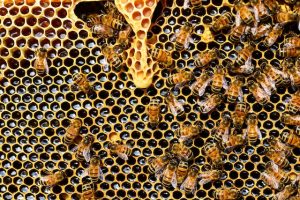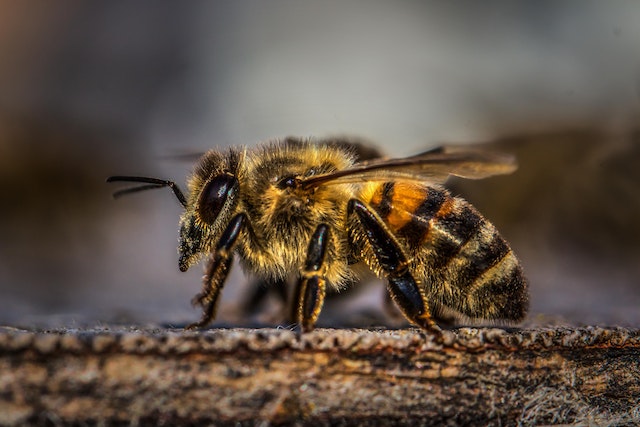Introduction Welcome to the fascinating world of tsetse flies, where we venture beyond their notorious bloodsucking reputation to explore their intricate role in maintaining ecosystem balance in Sub-Saharan Africa. Join us on this journey as we unravel the multifaceted contributions of tsetse flies, guided by the expertise of Dr. Emily N. Mwamba, a distinguished ecologist
Introduction
Welcome to the fascinating world of tsetse flies, where we venture beyond their notorious bloodsucking reputation to explore their intricate role in maintaining ecosystem balance in Sub-Saharan Africa. Join us on this journey as we unravel the multifaceted contributions of tsetse flies, guided by the expertise of Dr. Emily N. Mwamba, a distinguished ecologist with a deep understanding of African ecosystems.
The Overlooked Participants
Tsetse flies, often vilified, are more than just bloodsuckers; they are integral components of the complex ecosystems in which they reside.
A Symphony of Interactions
Explore the web of interactions in which tsetse flies participate, including pollination, decomposition, and providing sustenance for various wildlife species.
Expert Insights
Dr. Emily N. Mwamba: Nurturer of Ecosystems
Our knowledge source, Dr. Emily N. Mwamba, is a respected ecologist specializing in African ecosystems. With a Ph.D. in Ecology and a portfolio of groundbreaking research, she is our guide to understanding the intricate role of tsetse flies in these ecosystems.

Photo by Pixabay: https://www.pexels.com/photo/honeycomb-close-up-detail-honey-bee-56876/
The Ecosystem Harmony
| Role | Impact on Ecosystem | Interactions |
|---|---|---|
| Pollinators | Essential | Floral |
| Decomposers | Significant | Decomposers |
| Wildlife Sustenance | Important | Predators, Scavengers |
Nature’s Balancing Act
Tsetse flies participate in a delicate dance of life and death, contributing to the intricate balance of Sub-Saharan African ecosystems.
Conservation Implications
Understanding the ecological importance of tsetse flies is crucial for conservation efforts. Dr. Mwamba’s research underscores the significance of preserving their habitats for overall ecosystem health.
Unveiling the Wonders
Mutualistic Relationships
Discover the mutualistic relationships tsetse flies share with various plants and animals, illustrating the interdependence within these ecosystems.
Habitat Preservation
Learn how habitat preservation and sustainable practices can ensure the continued existence of tsetse flies and the ecological harmony they help maintain.
Biodiversity Conservation
Explore how tsetse fly conservation efforts align with broader biodiversity preservation objectives, safeguarding entire ecosystems.
Conclusion
Dr. Emily N. Mwamba’s insights have illuminated the often-overlooked role of tsetse flies in maintaining ecosystem balance in Sub-Saharan Africa. These insects, despite their negative reputation, are essential players in the grand scheme of nature.
In summary, tsetse flies are not just bloodsucking pests; they are essential threads in the intricate tapestry of Sub-Saharan African ecosystems. By recognizing and valuing their contributions, we can work toward a harmonious coexistence with these fascinating creatures and the diverse habitats they inhabit.

















Leave a Comment
Your email address will not be published. Required fields are marked with *